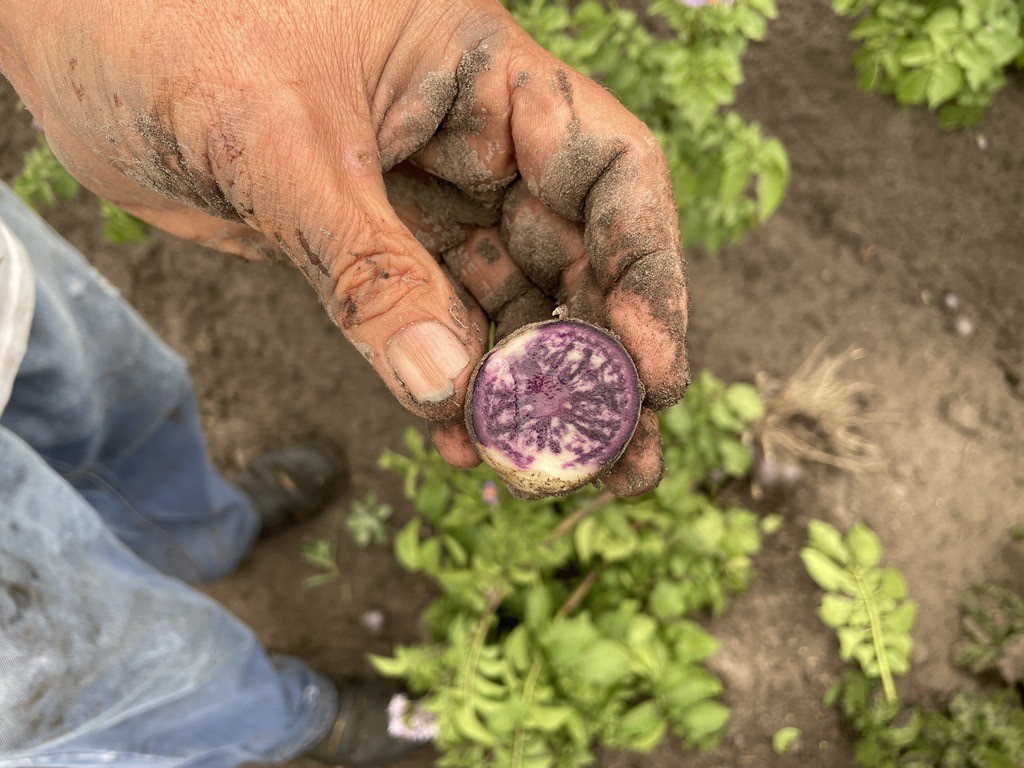Researchers on the St. Paul campus are facing problems during the hot, dry summer.
The drought affecting the state for the second year in a row has reached the St. Paul campus. It’s causing labor and insect problems for researchers and forcing them to heighten irrigation efforts.
Greg Spoden, a state climatologist who works on the St. Paul campus, said parts of the state are way below average in rainfall.
“It is the equivalent of losing all the rain from June where the average rainfall is four inches,” he said.
Droughts are part of the state’s climate and can present problems for months, Spoden said. Plants consume about one inch of rain a week in order to stay alive, he said.
To deal with the drought, Spoden said cities have strongly urged citizens to restrict water usage.
Although Minneapolis does not enforce a watering ban, the main source of water for both Minneapolis and St. Paul is at a level far below normal, according to a report released last week by the state climatology office.
Agronomy professor Jim Orf said if the situation does not improve within the next seven to 10 days, problems will get worse, resulting in smaller crop yields.
“The corn is wilting and small grains and wheat are maturing faster than normal,” he said.
The problem with the wheat and small grains maturing faster is that it is harder to tell the good crop from the bad crop since it all looks bad come harvest time, Orf said.
Insects on the crops are another problem affecting research in St. Paul. Soybean aphids and spider mites are two types of insects invading crops this summer. Orf said these insects typically become problems in a drought situation. They feed on crops, and lead to crop loss if not treated by insecticide.
When plants do not receive natural rain water, irrigation equipment is used. This presents problems, Orf said, because water is then treated with chemicals and the distribution of the water is not uniform.
The insecticides and increased irrigation needs cost money and more labor, he said. Since the budget for each department is determined at the beginning of the year, Orf said the researchers rely on grants from outside sources.
Last Wednesday, Gov. Tim Pawlenty asked the U.S. Department of Agriculture’s
Farm Service Agency to conduct a drought assessment of the state to survey the damage to crops.
The survey will be the first step of a formal disaster declaration request, according to a news release issued by the governor’s office.
Perry Aasness, state executive director with the USDA Farm Service Agency, said the assessment will consist of counties across the state reporting crop loss to his office.
“Three-fourths of the state is in a moderate to severe drought situation,” Aasness said.
If a county reports a crop loss of more than 30 percent, then it will be considered a damaged crop, and disaster relief will be available, he said.
Aasness will review the initial reports and turn them into the governor’s office, where Pawlenty will make the final decision on declaring disaster relief payments, he said.
Even though the situation does not look good, Spoden said the state could still recover from the water shortage. In order to recover, the state needs to stop dipping into its water supply by one inch per week for the remainder of the growing season, which ends in October.
Katie Cafruny, an agricultural industries and marketing senior with an interest in crops and soil, said there are a few positive aspects to a drought.
“A drought is a scientific variable,” she said. “If you know how a drought affects soybeans, you can change how you grow (the soybeans) next year.”
The full extent of the drought will not be known until harvest time when farmers discover if their crop yields are smaller than last year’s, Orf said.
“The longer the drought continues, the more problems there will be,” he said.







